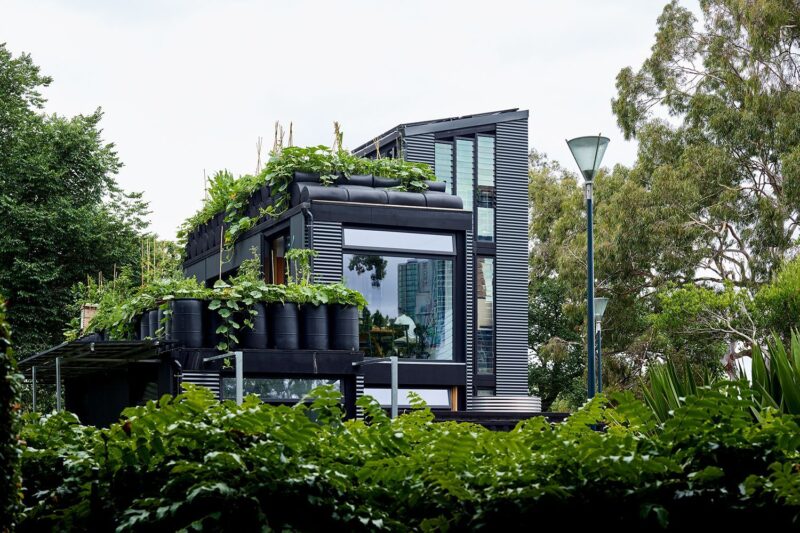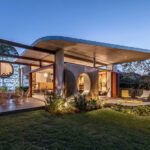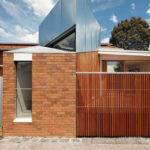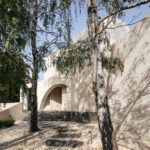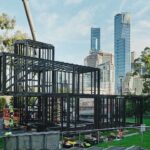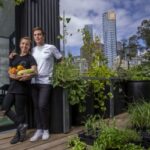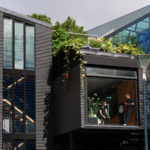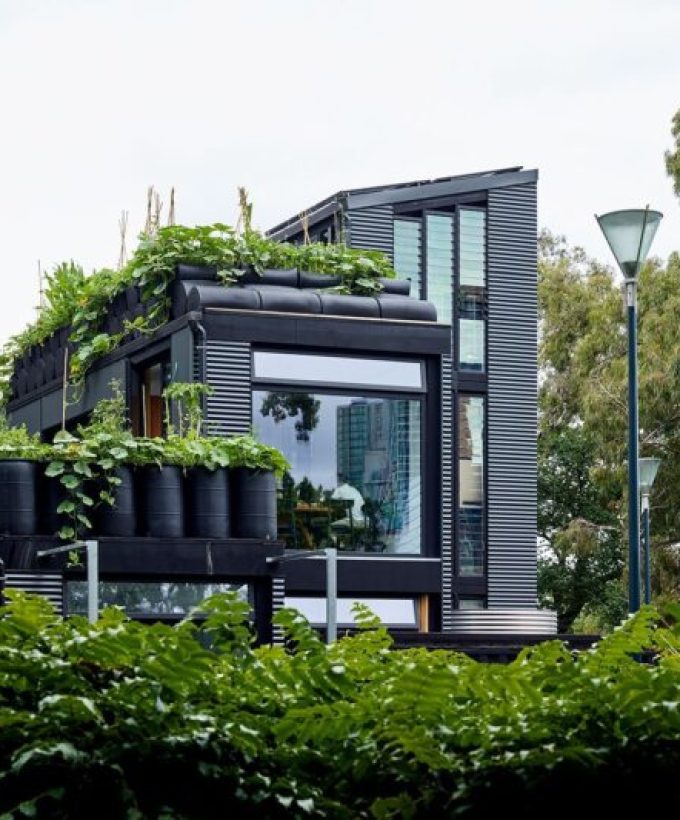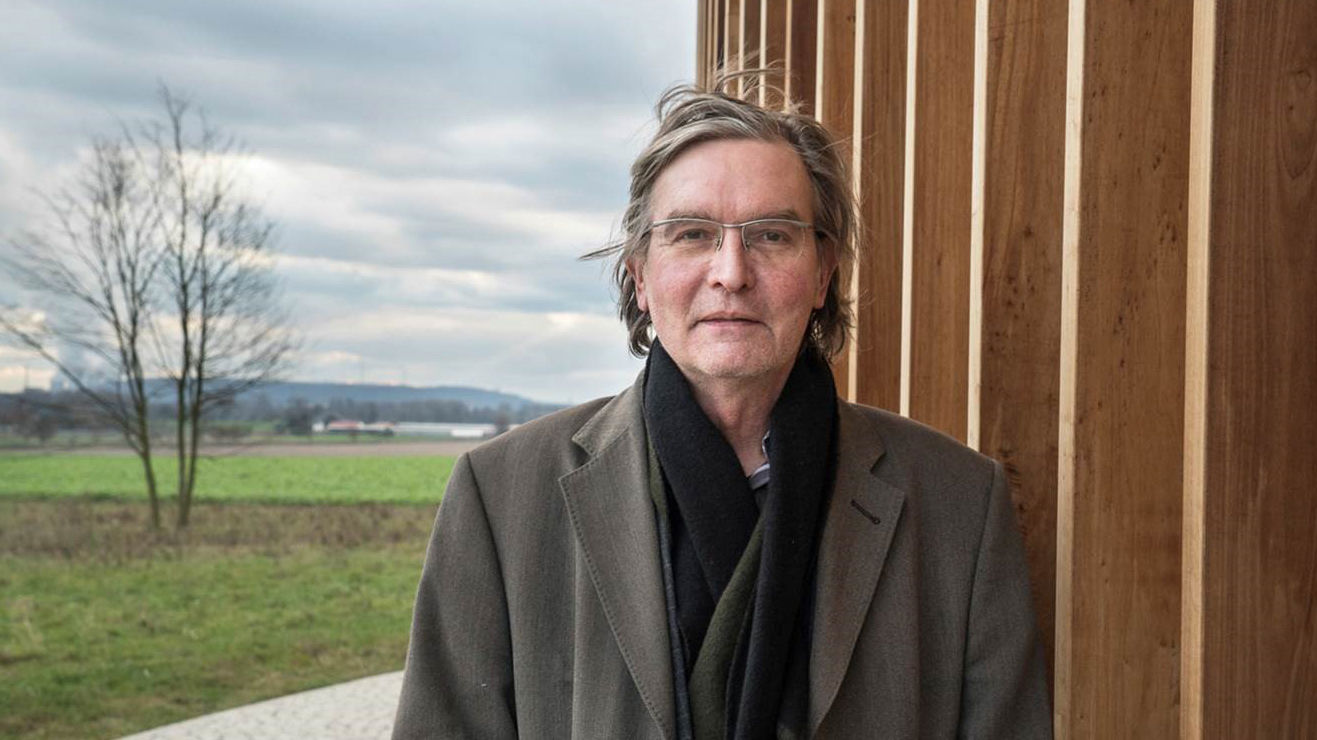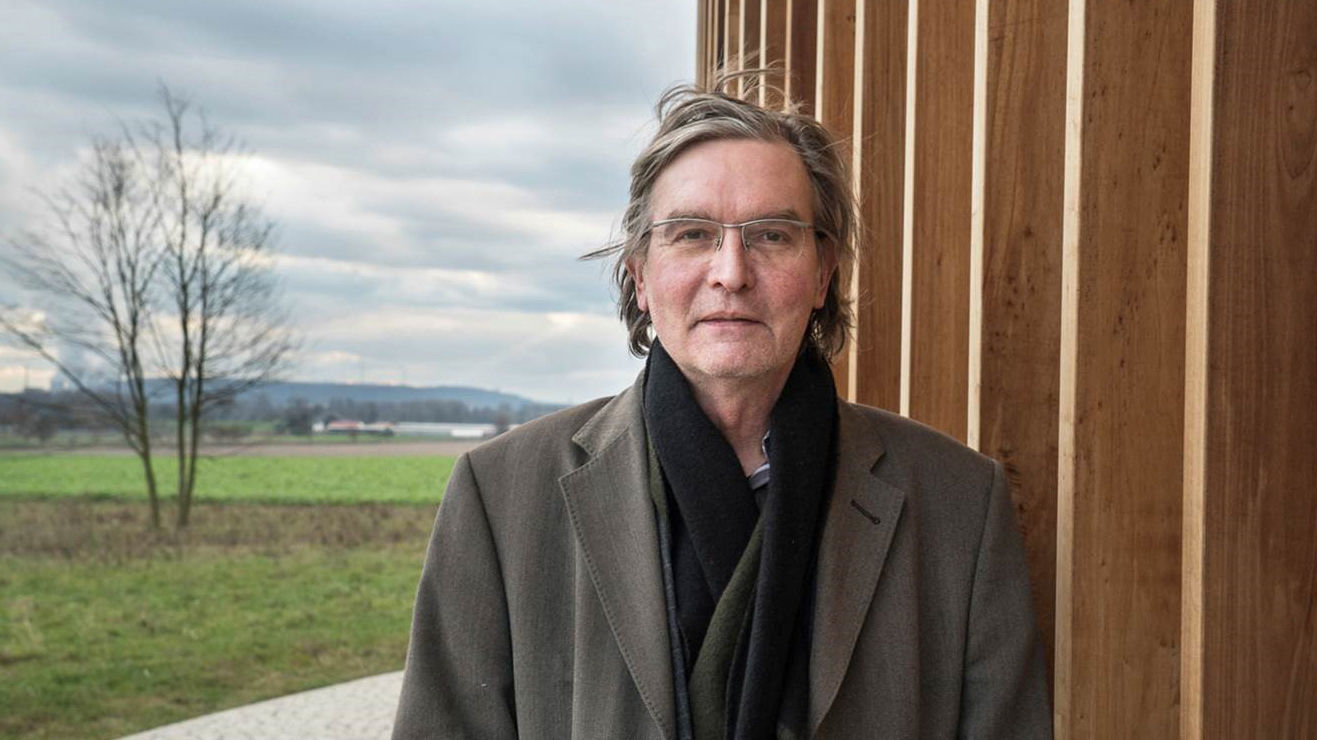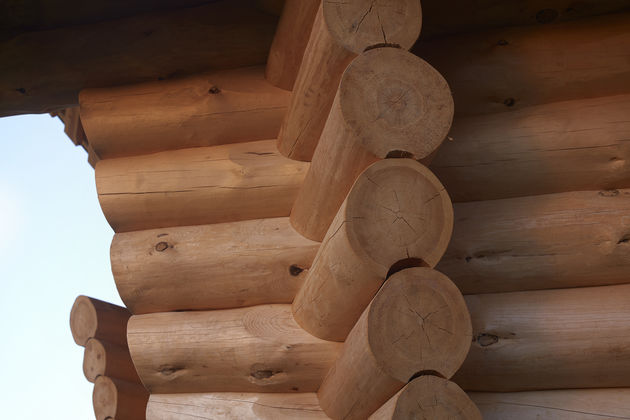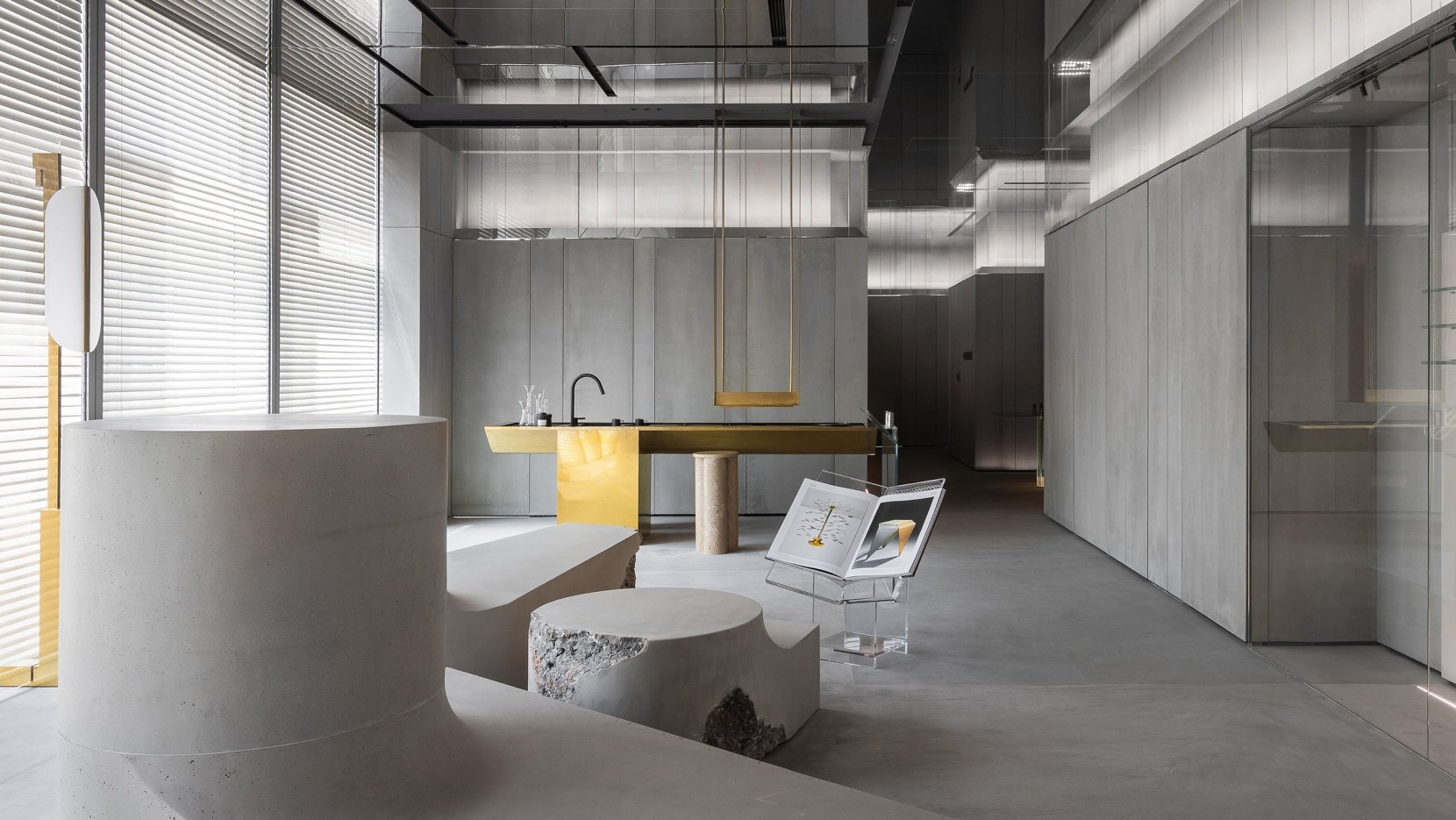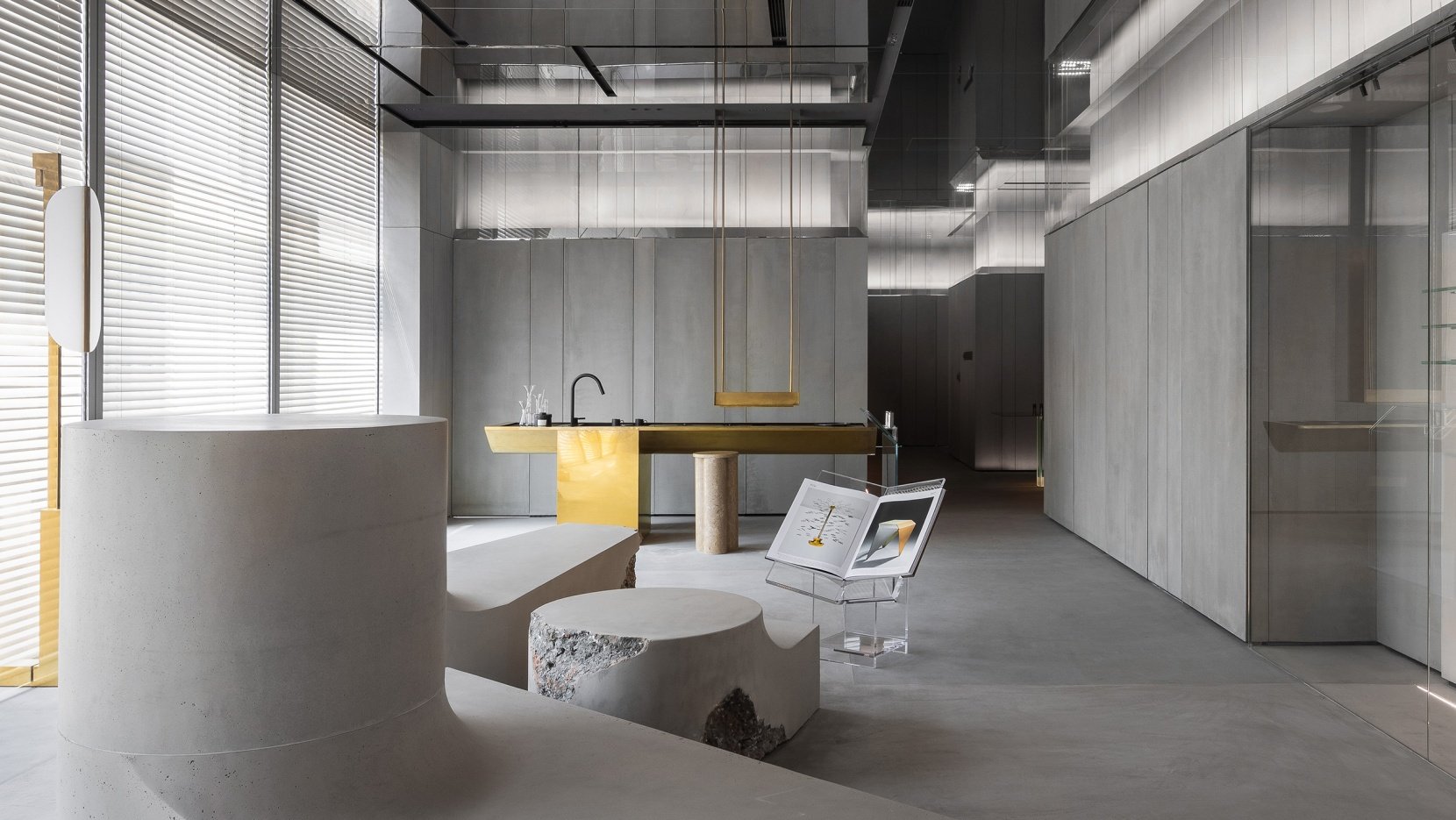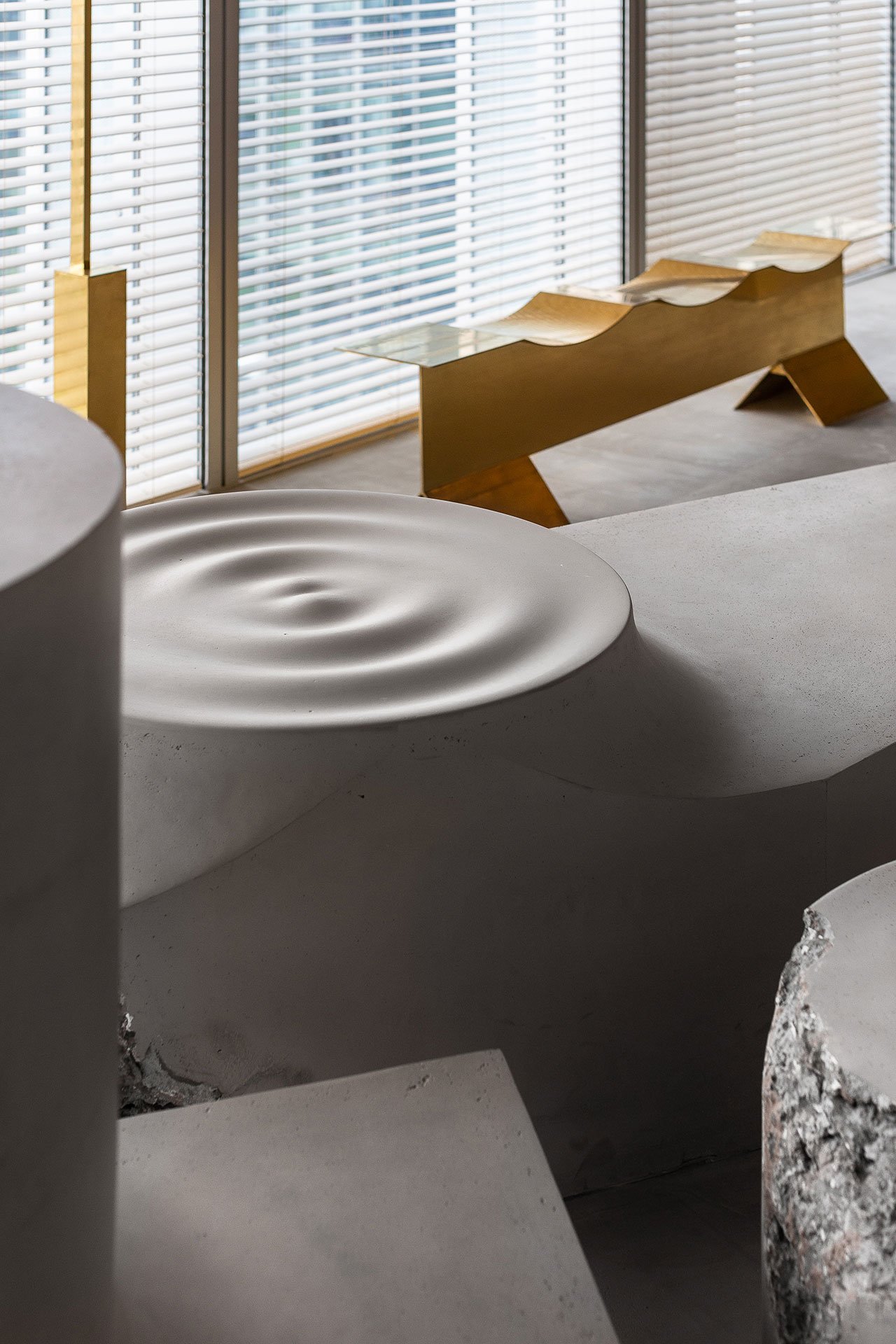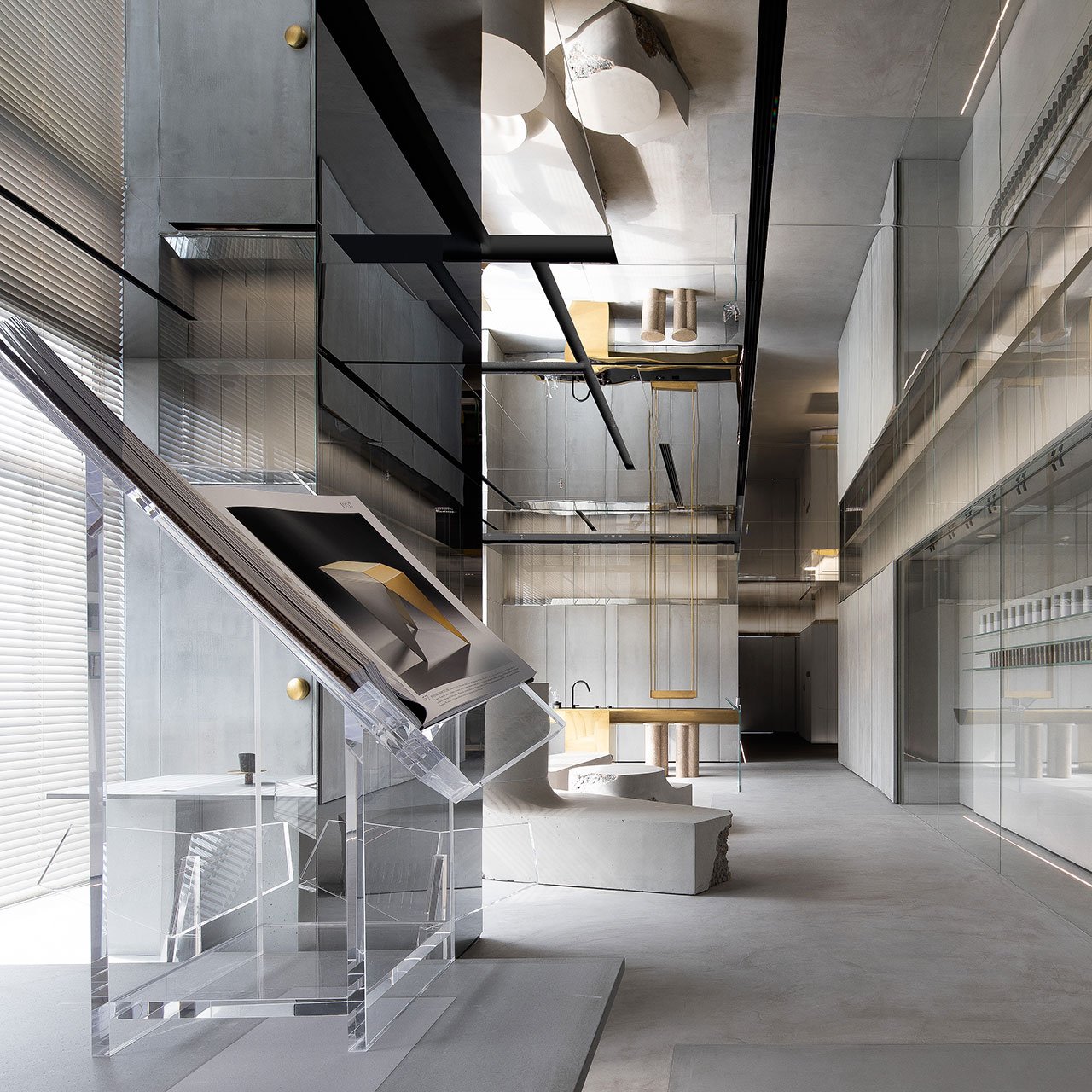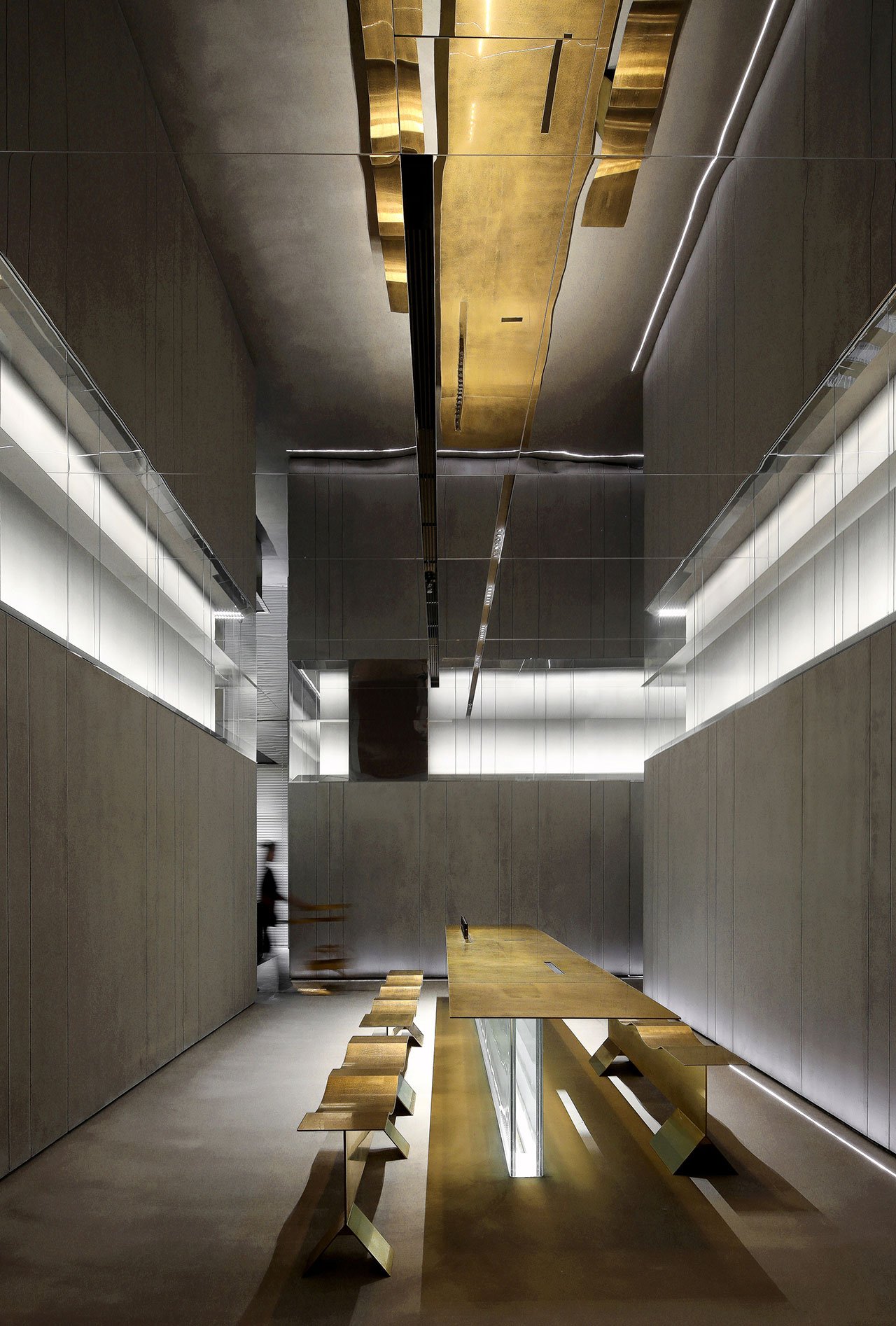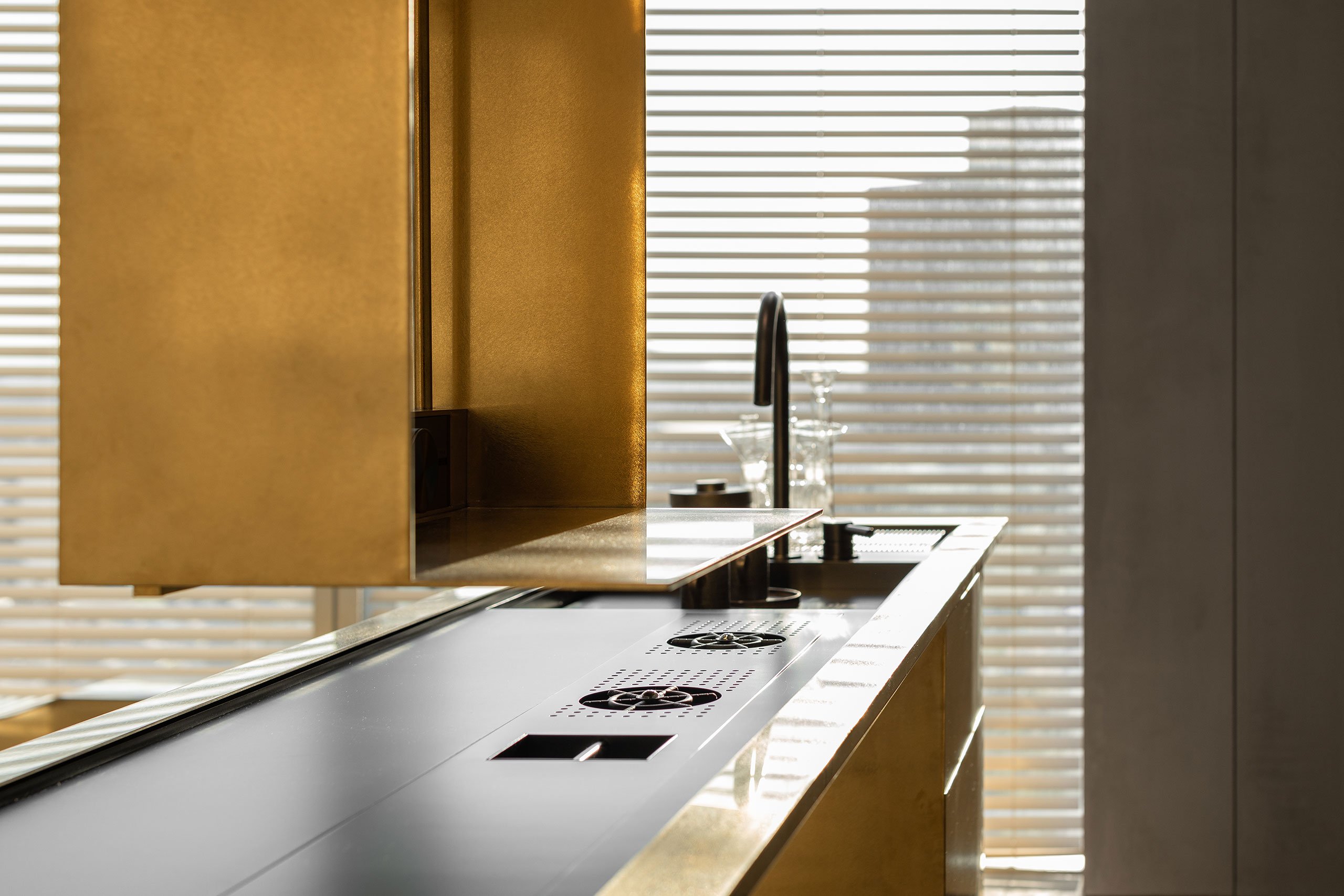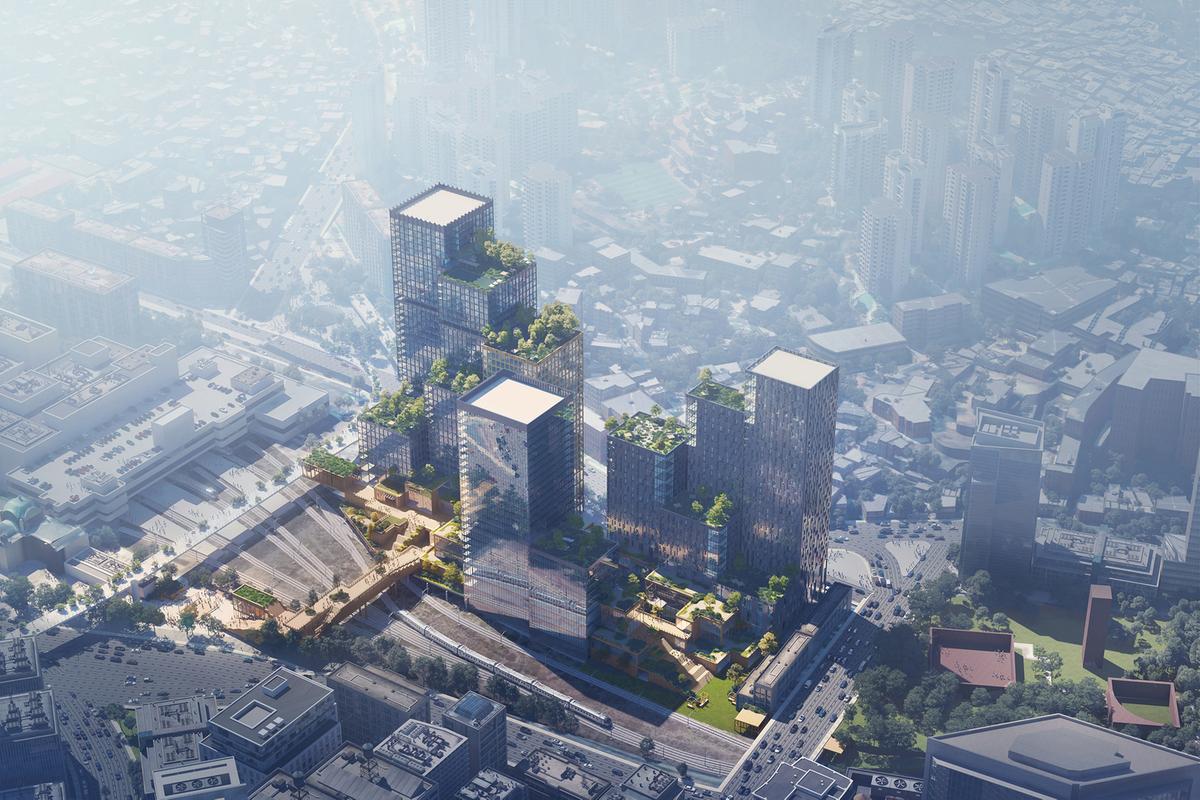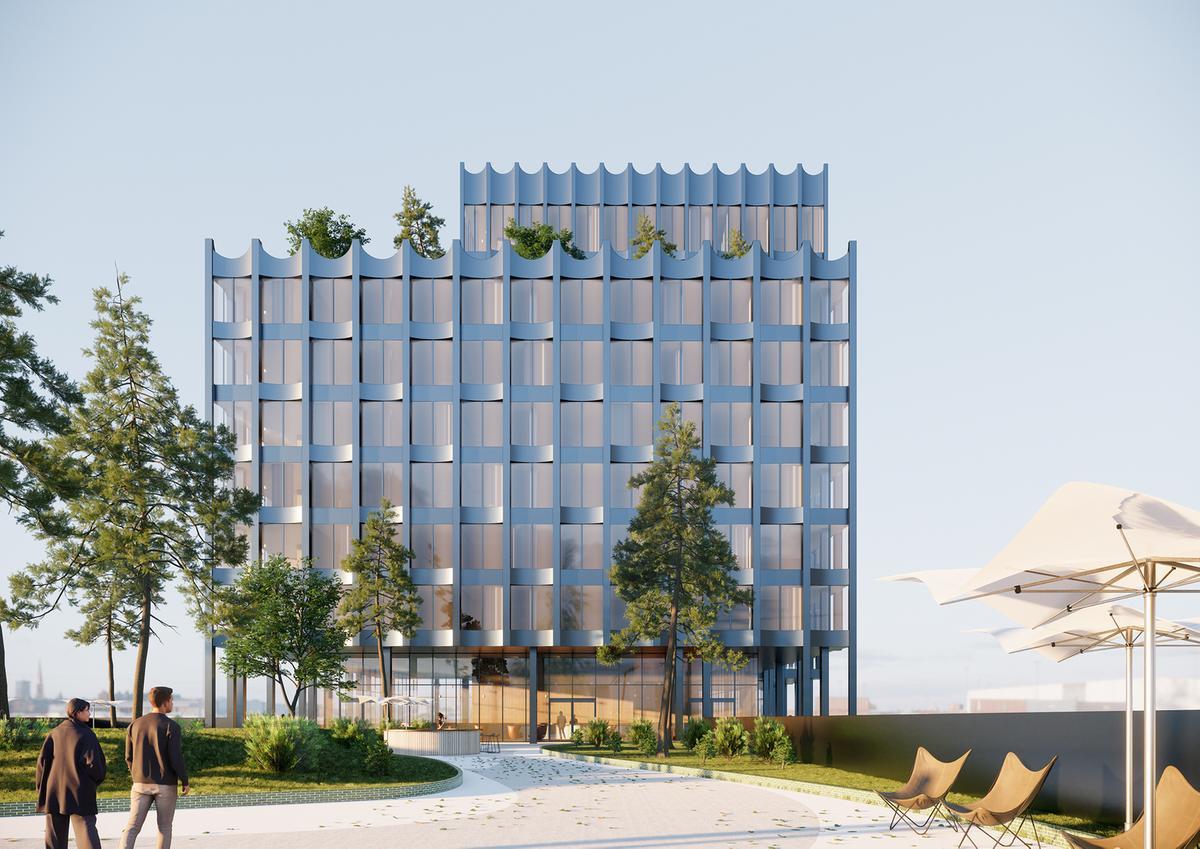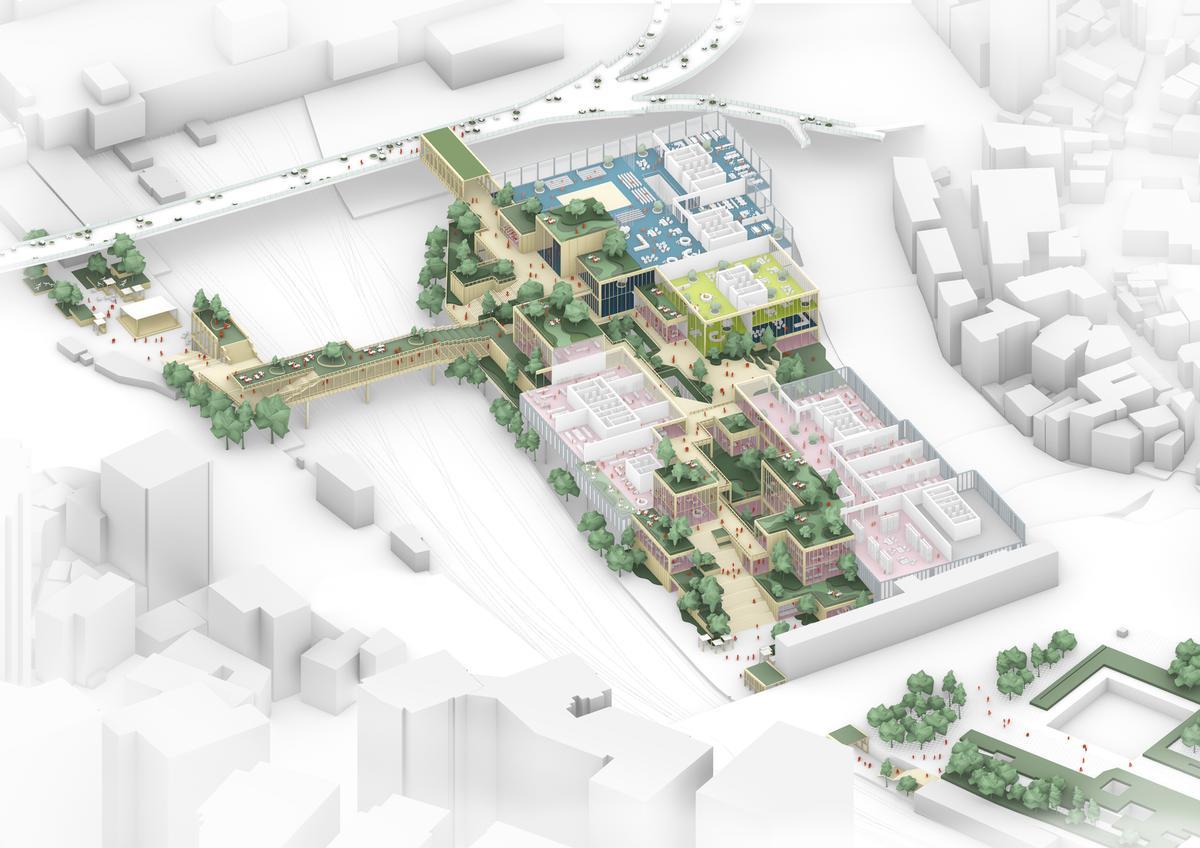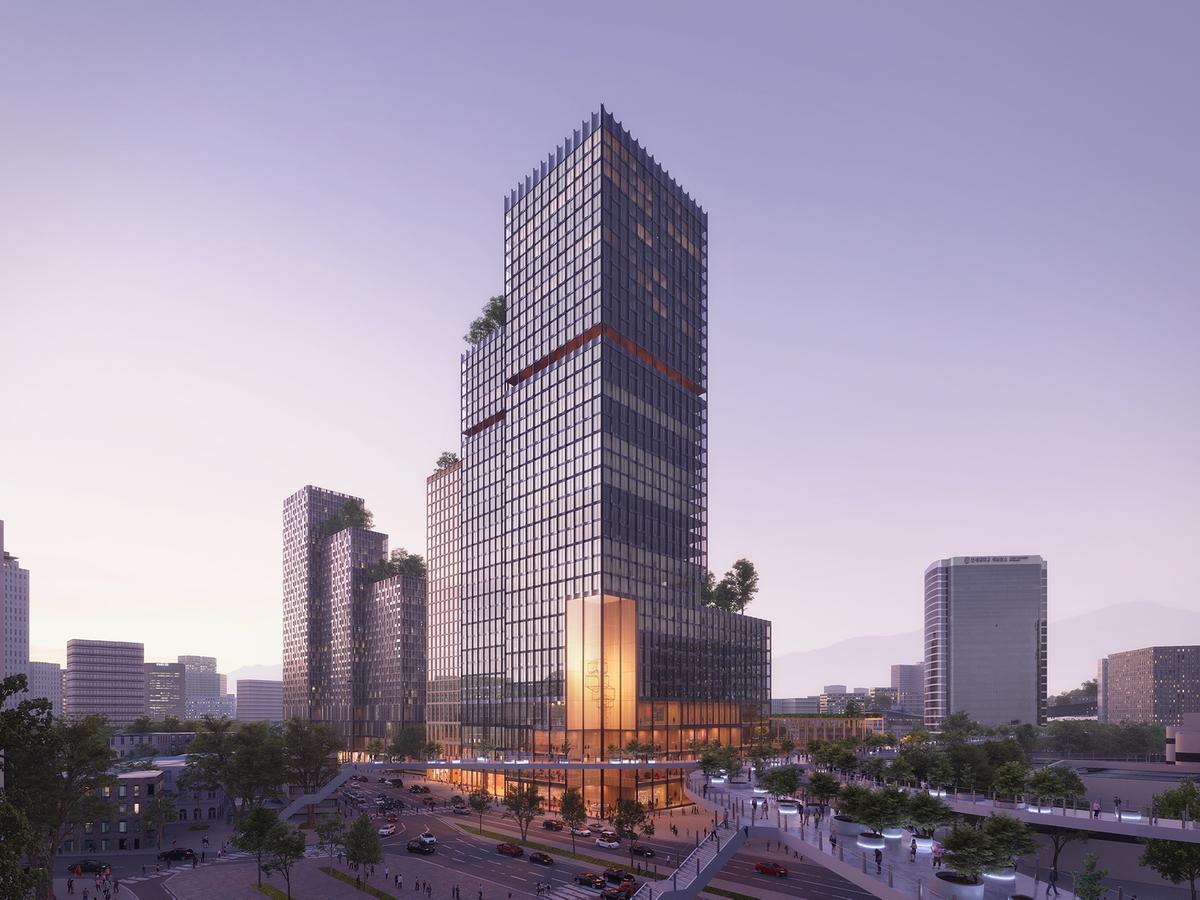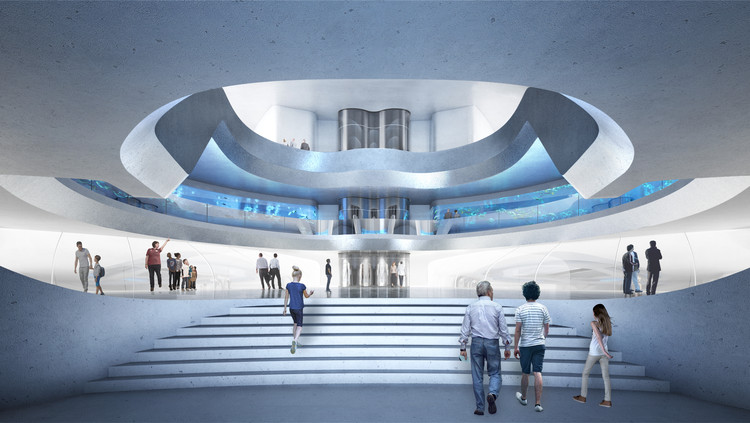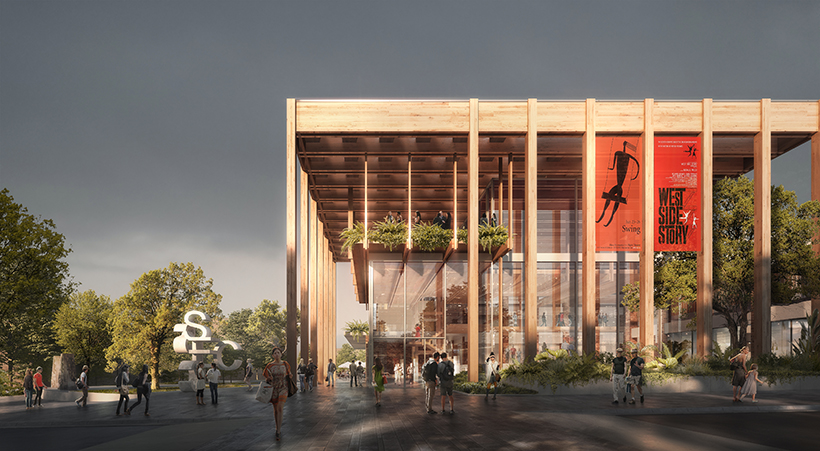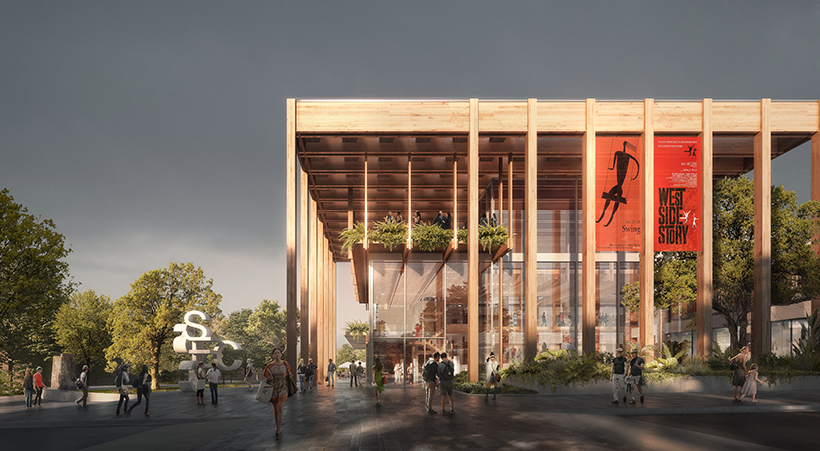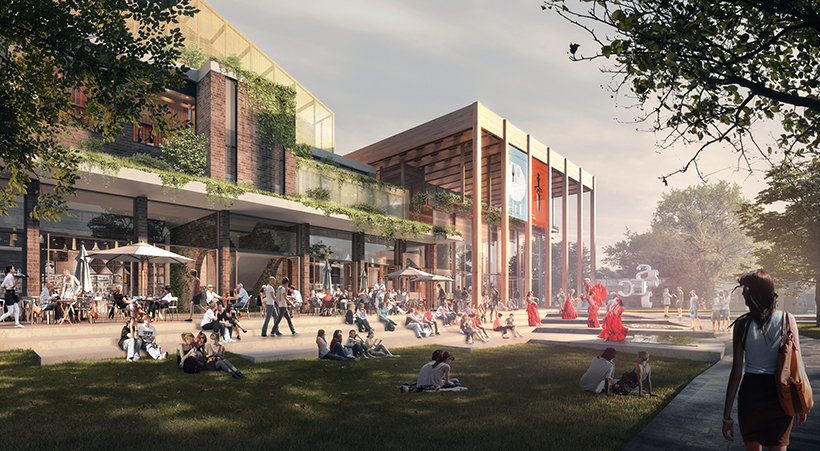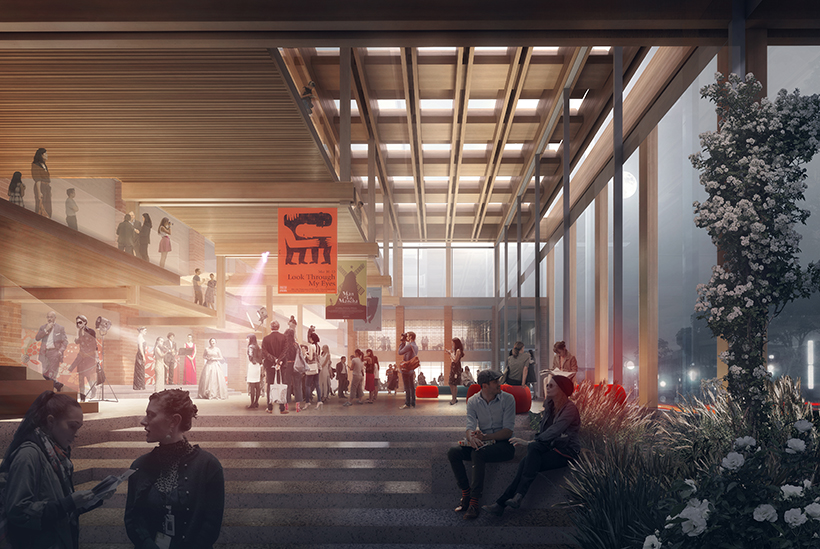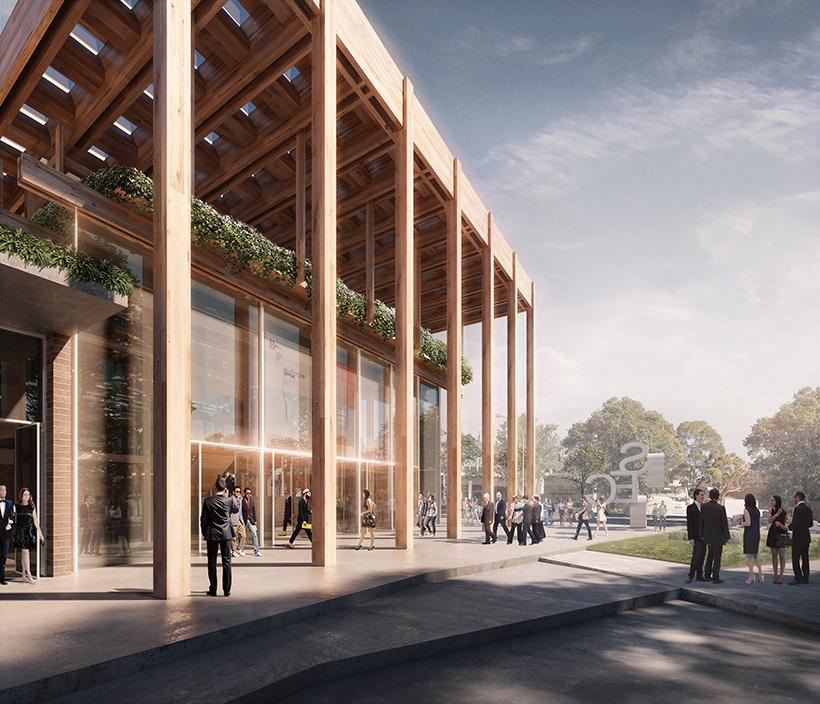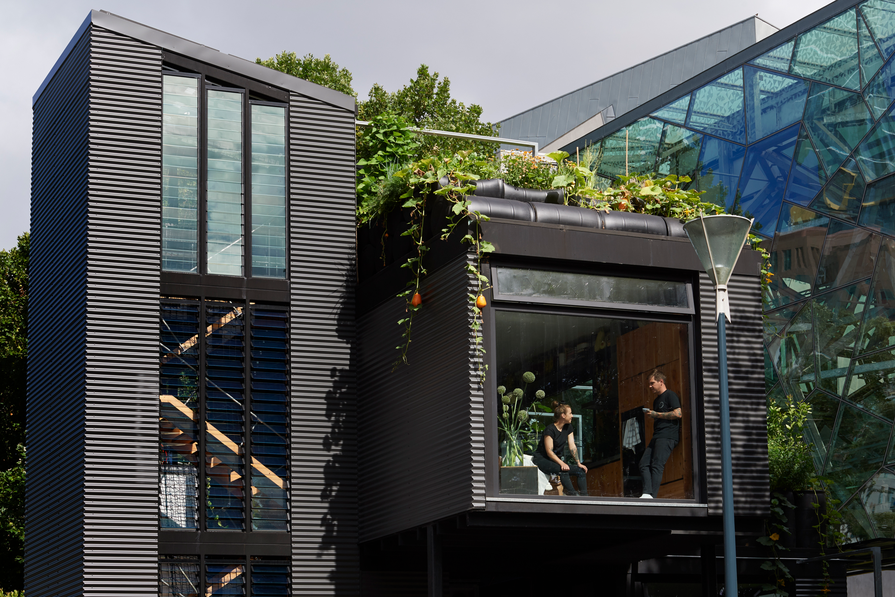
Zero-waste, self-sustaining house installation opens at Fed Square
The self-sustaining, zero waste, productive house demonstrates the potential homes have to provide shelter, produce food and generate energy. The three-storey, two-bedroom home has the capacity to grow and cultivate fruits, vegetables, herbs, fish, mussels and snails, and all in an 87-square-metre footprint.
The home also features an aquaponics system, a charcoal tank, a digestor, closed loop shower and water oxygenation system.

Zero-waste champion Joost Bakker’s latest project, a closed-loop home and urban farm, has opened in Melbourne’s Federation Square, the original site of Bakker’s first restaurant a decade ago.
All waste from the site is used to power the house and grow nutrient-dense produce and building materials have been selected for their healing or recyclable properties. The walls, floor and ceilings are made from a straw-based, fire-resistant panel called Durra Panel, which uses the hollow stalks leftover from harvesting wheat and other crops – one of the world’s most common waste products.
For Bakker, this is his fifth iteration of his “greenhouse” prototypes, which included the world’s first zero-waste restaurant Silo by Joost in 2012.

“I want this to be a catalyst for greater sustainability and self-sufficiency in urban settings,” Bakker says. “I think in the future, we will all live like this.”
Chefs Matt Stone and Jo Barrett, formerly of Oakridge Winery, will live in the house for the duration of the installation. Known for their zero-waste experimental dishes, Stone and Barrett will spend their residency at the house planting, harvesting food and showcasing the ingredients with on-site dinners, prepared using Miele’s energy-saving appliances.

After the home’s stint at Federation Square, it will be packed up and moved to regional Victoria, where it will then serve as home to Bakker’s retired mother. “When she came through the house, she looked around and said ‘Oh, this will be easy to maintain,’” Bakker laughs. “Most people freak out about all the work there is to do.”
Greenhouse by Joost, supported by Miele, is open at Federation Square until June. Check out the website for more information about tours and dining experiences.
written by : Cassie Hansen
26 Feb 2021
published in : architectureau.com
Last Posts
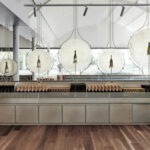
Chandon Australia by Foolscap Studio

LINA Architecture Platform Program
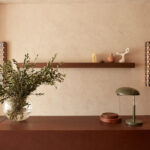
IN BED Armadale Store by Flack Studio

Host House by Splinter Society Architecture

Thomson House by C.Kairouz Architects


